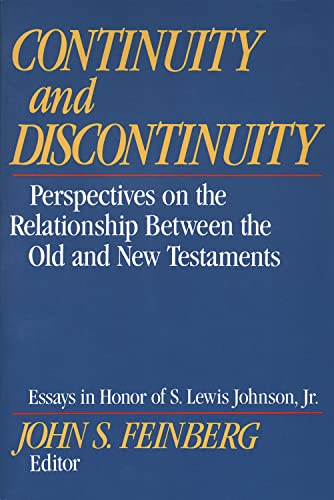Portraits of Adam in Early Judaism: from Sirach to 2 Baruch
Written by John R. Levison Reviewed By Roger BeckwithThe enterprising addition of a Journal for the Study of the Pseudepigrapha to the existing JSOT and JSNT is much to be welcomed, and hardly has it appeared before its Supplement Series begins as well with the appearance of this volume. ‘Pseudepigrapha’ is apparently used to cover the Intertestamental literature in general, which is all to the good: of the eight writings studied in this volume, three (Ecclesiasticus, Wisdom and 2 Esdras) belong to the Apocrypha rather than the Pseudepigrapha, and two more (Philo and Josephus) belong to neither. Only Jubilees, 2 Baruch and the Life of Adam and Eve are works normally reckoned among the Pseudepigrapha. The last-named work could hardly be ignored, in view of its subject matter, but because of its relatively late date it is put in an appendix (the year ad 135, when the second Jewish revolt took place, being the author’s normal limit). However, having made this exception, one cannot help regretting that he did not make an exception of the rabbinical literature also, especially as it is designedly the writing down of earlier oral tradition and not simply an expression of the writers’ own ideas.
The main purpose of the book is to show the variety of interpretations of the story of Adam which existed in early Judaism. A subsidiary purpose is to show how NT scholars tend to copy each other in their accounts of Judaism, instead of consulting the Jewish sources for themselves. By doing this they have perpetuated for well over 100 years the idea that there was a single standard Jewish ‘myth of Adam’ which underlies Pauline theology. The only real myth is that there was such a myth. Evangelical NT scholars are among those criticized on this score.
In emphasizing the different interpretations of the story of Adam, the author sometimes stretches the evidence a little. Wisdom 10:1 does not actually exonerate Adam (p. 150), and if Wisdom and Ecclesiasticus do describe physical death as natural (pp. 156f.), they are probably doing no more than following Genesis, where what is made from dust returns to dust unless it has access to the tree of life (Gn. 3:19, 22–24). Similarly, the idea that Wisdom 2:24 refers to Cain’s murder of Abel rather than Satan’s temptation of Eve (pp. 51f.), though not new, is surely very improbable. The reference to Cain in Wisdom 10:3f. gives this interpretation no support.
All in all, however, this is a worthwhile study, and one only regrets that it could not be published at a price within the reach of others than librarians. Surely a way must be found of breaking the vicious circle whereby small circulation causes high prices and high prices cause small circulation?
Roger Beckwith
Oxford







